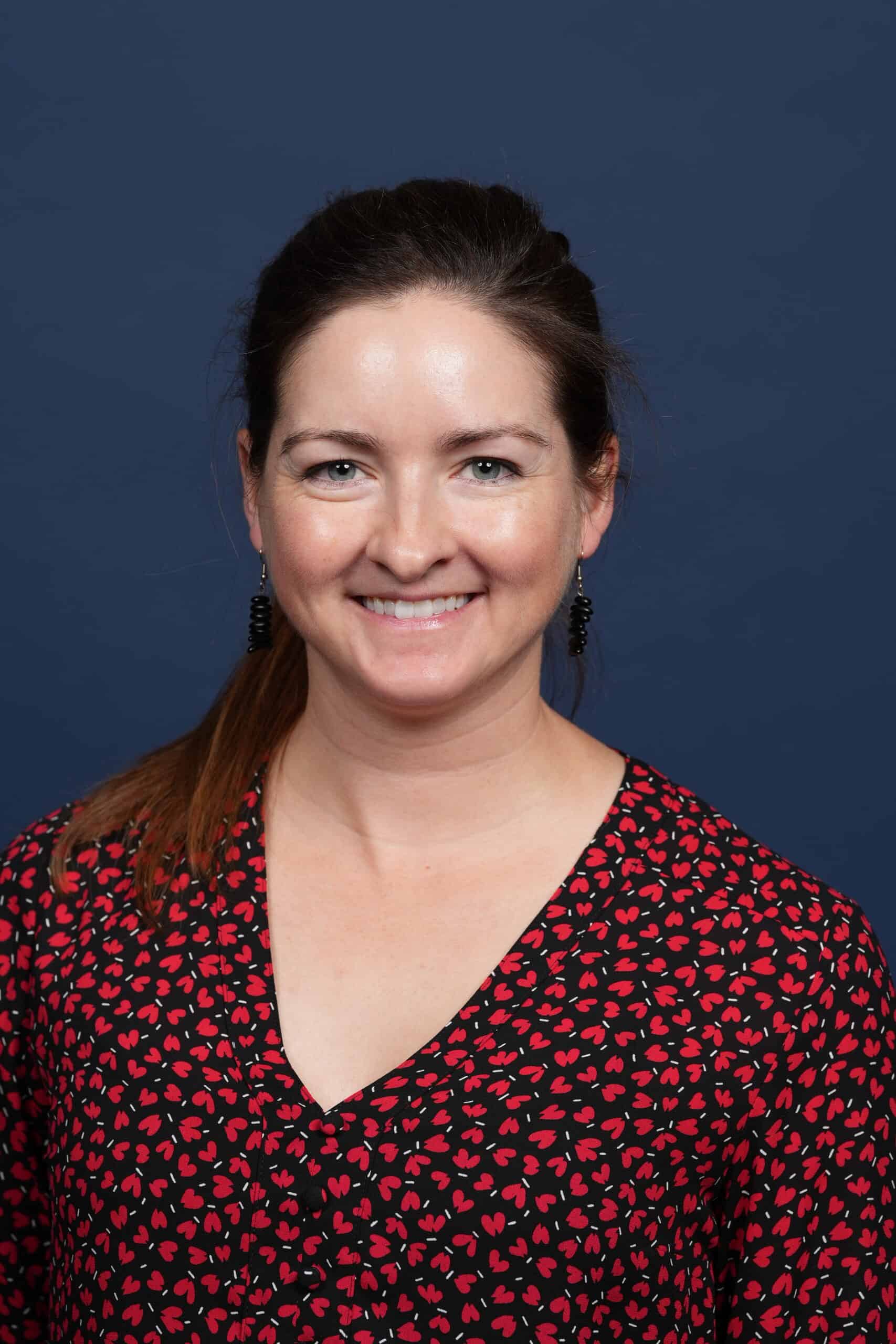Laser Safe for Uterine Cyst Removal, Future Foaling Rates
Uterine cysts are one of many conditions tied to mare infertility; whether it’s a lack of real estate on the uterine wall or an interruption of vital pregnancy establishment processes, it simply seems these tiny growths and pregnancies cannot coexist in some mares. Veterinarians can remove cysts to try to improve a mare’s ability to carry a foal to term, but they hadn’t sized up the efficacy of the most current technique until recently.
Because practitioners have had some success using a method called laser photoablation, Nicole Scherrer, DVM, of the University of Pennsylvania’s New Bolton Center, in Kennett Square, studied its efficacy in a group of broodmares treated at Rood & Riddle Equine Hospital, in Lexington, Kentucky, and presented her results at the 2015 American Association of Equine Practitioners Convention, held Dec. 5-9 in Las Vegas.
These cysts are common and not always problematic: 22.4% of the producing broodmare population have them; however, 55% of subfertile mares have them, said Scherrer.
Veterinarians typically see a significant increase in cyst numbers as mares age. Only 4% of broodmares under age 7 presenting to a clinic have cysts, 29% of broodmares ages 7 to 14 have them, and 73% of broodmares over age 14 have them
Create a free account with TheHorse.com to view this content.
TheHorse.com is home to thousands of free articles about horse health care. In order to access some of our exclusive free content, you must be signed into TheHorse.com.
Start your free account today!
Already have an account?
and continue reading.

Written by:
Alexandra Beckstett
Related Articles
Stay on top of the most recent Horse Health news with















